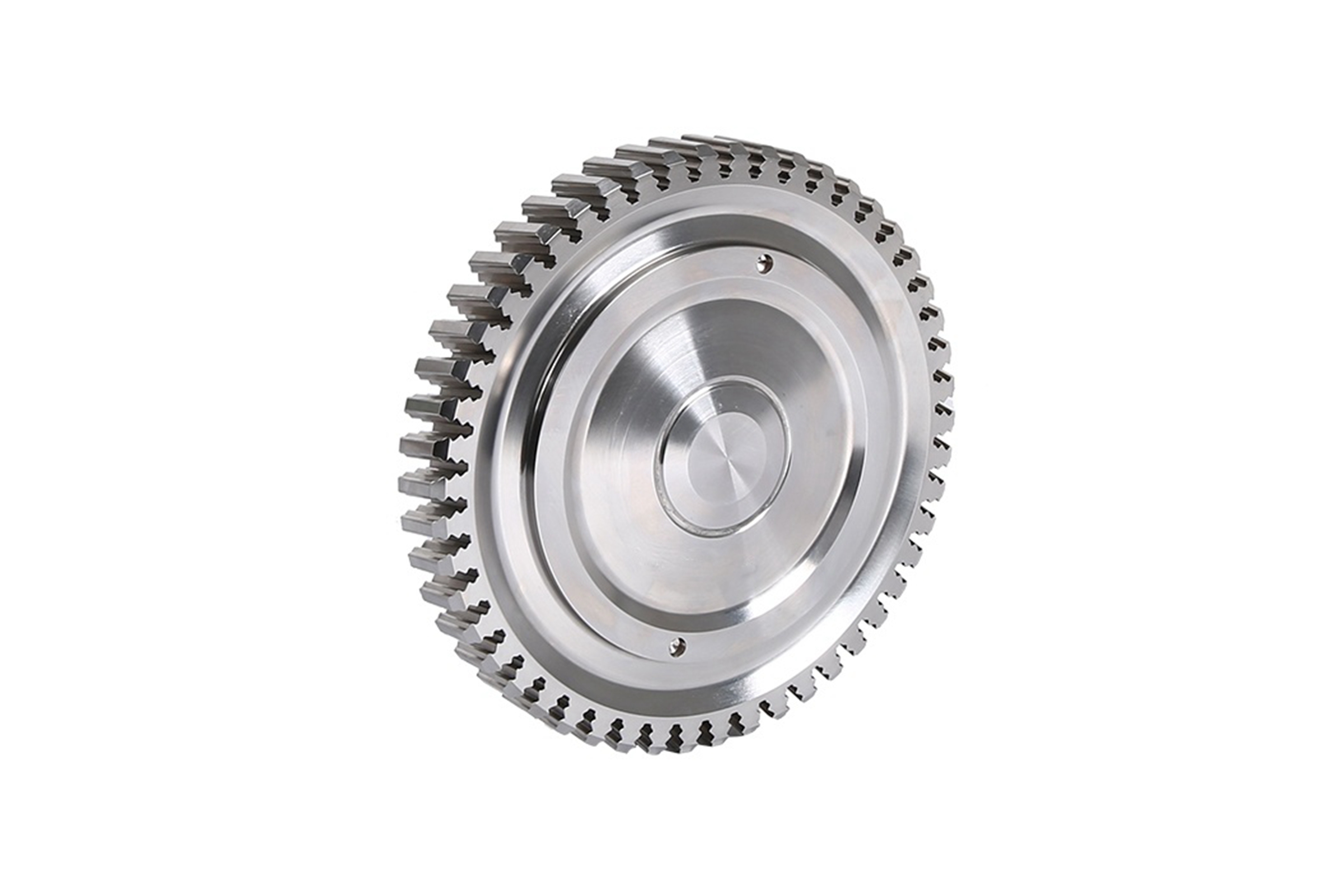Rene 95 Powder Metallurgy Turbine Turbine Disc
Introduction
Rene 95 is a nickel-based superalloy renowned for exceptional creep resistance and tensile strength, sustaining up to 1400 MPa at temperatures around 650 °C. When manufactured through advanced Powder Metallurgy (PM) processes involving hot isostatic pressing (HIP) at approximately 1200 °C and pressures up to 150 MPa, Rene 95 turbine discs achieve outstanding microstructural uniformity, essential for aerospace engine reliability.
At Neway AeroTech, precision powder metallurgy turbine disc production techniques ensure precise control over grain size (ASTM grain size 10–12) and minimal porosity (<0.1%), optimizing turbine disc performance. These enhancements significantly improve component life and operational safety in demanding aerospace turbine applications, reducing maintenance intervals and enhancing efficiency.
Core Technology of Rene 95 Powder Metallurgy
Powder Atomization: Rene 95 alloy melted and atomized into spherical powder particles, ranging between 10 to 50 microns diameter.
Powder Screening: Precise sieving separates uniform-sized particles, ensuring consistent powder quality and reliable mechanical performance in subsequent processing stages.
Powder Consolidation (HIP): Consolidation performed through hot isostatic pressing at temperatures around 1150–1200 °C and pressures approximately 100–150 MPa.
Isothermal Forging: Precise forging at controlled deformation rates around 1100 °C refines microstructure, significantly enhancing uniformity and overall mechanical strength.
Heat Treatment: Solution heat treatment conducted at 1150 °C, followed by aging at 760–850 °C to achieve optimal material characteristics.
Material Characteristics of Rene 95
Property | Value / Specification |
|---|---|
Base Alloy | Nickel-based (~60% Nickel) |
Alloying Elements | Chromium 14%, Cobalt 8%, Molybdenum 3.5%, Tungsten 3.5% |
Tensile Strength | Up to 1400 MPa at 650 °C |
Creep Resistance | Stable up to 750 °C |
Grain Size | ASTM grain size 10–12 |
Porosity | <0.1% (HIP process) |
Typical Operating Temperature | Up to 700 °C |
Applications | High-temperature turbine discs |
These precise material characteristics make Rene 95 ideal for turbine disc applications subjected to cyclic loading and harsh operating environments common in advanced turbomachinery.
Case Study: Rene 95 Powder Metallurgy Turbine Disc
Project Background
A major aerospace engine manufacturer approached Neway AeroTech seeking solutions for high-performance turbine discs capable of enduring operating temperatures around 700 °C, while significantly improving service life and reliability in commercial jet engines.
Common Turbine Disc Models and Applications
GE CF6 HP Turbine Disc: Provides exceptional reliability and thermal fatigue resistance in wide-body commercial aircraft engine high-pressure stages.
Rolls-Royce Trent XWB LP Turbine Disc: Delivers improved durability and efficiency in large commercial aviation engines for extended long-haul flights.
Pratt & Whitney PW4000 IP Turbine Disc: Designed to sustain extreme cyclic stresses in intermediate-pressure sections of high-thrust commercial aircraft engines.
GE90 High-Pressure Compressor Disc: Ensures operational integrity and optimal performance under intense mechanical loads in high-pressure compressors for modern aircraft propulsion systems.
Selection and Structural Features of Typical Turbine Disc
For this project, a Rene 95 HP turbine disc was selected due to its superior thermal fatigue resistance and tensile strength. Structural optimization focused on radial symmetry, optimized bore configurations, and advanced dovetail blade attachment designs, enhancing overall component strength, aerodynamic efficiency, and reliability.
Turbine Disc Component Manufacturing Solution
Powder Consolidation: HIP process conducted at 1200 °C and 150 MPa pressure ensures uniform densification with porosity levels below 0.1%.
Isothermal Forging: Controlled forging at 1100 °C refines grain structure, enhancing mechanical properties and achieving ASTM grain sizes of 10–12.
Heat Treatment: Solution heat treatment at 1150 °C, followed by dual-stage aging between 760–850 °C, maximizes tensile and fatigue strength.
Precision Machining: CNC machining achieves dimensional tolerances within ±0.02 mm, precisely meeting aerospace industry specifications and aerodynamic performance requirements.
Surface Treatment (TBC): Thermal Barrier Coating applied to turbine discs enhances heat resistance, improving durability in operating temperatures above 700 °C.
Non-Destructive Testing: Ultrasonic and X-ray inspections detect subsurface defects, ensuring component integrity and compliance with stringent aerospace safety standards.
Dimensional Verification (CMM): Coordinate Measuring Machines verify critical dimensions with accuracy within ±0.005 mm, guaranteeing precise fitment and operational reliability.
Mechanical Property Testing: Tensile and fatigue tests validate material properties, confirming tensile strength above 1350 MPa and cyclic fatigue resistance improvements.
Core Manufacturing Challenges of Turbine Discs
Maintaining tight dimensional tolerances within ±0.02 mm
Ensuring minimal porosity (<0.1%) through rigorous HIP cycles
Achieving uniform grain size (typically ASTM grain size 10–12)
Consistent verification of mechanical properties through tensile tests and fatigue testing
Results and Verification
Detailed verification included SEM, porosity checks, tensile tests, fatigue assessments, thermal stability evaluation, dimensional checks, and surface coating durability.
FAQs
What precision standards can Neway AeroTech achieve in manufacturing Rene 95 turbine discs?
Which industries commonly utilize Rene 95 powder metallurgy turbine discs?
How does Neway AeroTech verify the quality of turbine discs?
What are the lead times for Rene 95 turbine disc manufacturing services?
Can Neway AeroTech customize turbine discs for specific aerospace applications?

